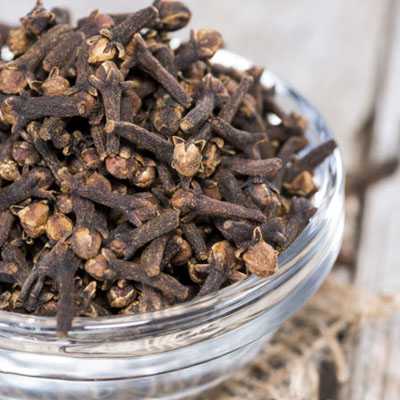Origins of Coquito
Coquito, often hailed as the Puerto Rican answer to eggnog, is a rich, coconut-based drink that has become synonymous with Christmas celebrations on the island and among the Puerto Rican diaspora. The origins of Coquito are deeply rooted in Puerto Rico's history and culture, blending the island's tropical flavors with the festive spirit. Its name, meaning "little coconut" in Spanish, aptly describes this creamy and comforting beverage. While there are many variations, the best Coquito recipe typically includes a blend of coconut milk, sweetened condensed milk, and rum, infused with spices like cinnamon and nutmeg.
In recent years, variations such as vegan Coquito have gained popularity, catering to diverse dietary preferences. A vegan Coquito recipe might substitute traditional dairy ingredients with plant-based alternatives like almond or oat milk, and use coconut cream to retain the drink's signature richness. Despite these adaptations, the essence of Coquito – its creamy texture and comforting warmth – remains unchanged. This adaptability is part of what makes Coquito a beloved holiday staple for many.
When it comes to selecting the best rum for Coquito, choices vary based on personal preference. A high-quality white rum like Bacardi Coquito is a popular choice, known for its smoothness and ability to blend seamlessly with the other ingredients without overpowering them. Some aficionados also prefer dark rum for its richer, more robust flavor. Regardless of the rum used, the key to a great Coquito lies in balancing the sweetness of the coconut with the kick of the rum, creating a beverage that is both festive and delightfully warming. This perfect blend of flavors makes Coquito much more than just a drink; it's a celebration of holiday traditions and cultural heritage, enjoyed one sip at a time.
Eggnog vs. Coquito
The holiday season brings with it a delightful dilemma in choosing between two creamy, festive beverages: Eggnog and Coquito. While both drinks share a similar creamy base and are popular during the festive season, they have distinct differences in origin, ingredients, and taste.
Origin and Cultural Significance:
Eggnog: This traditional holiday drink has its roots in medieval Britain. Originally known as "posset," it was a warm, milky, ale-like beverage. Eggnog became associated with the holiday season in America during the 18th century. It’s a symbol of celebration and festivity in Western cultures, especially in the United States and Canada.
Coquito: Coquito, meaning "little coconut" in Spanish, hails from Puerto Rico. It's a tropical twist on the holiday beverage, deeply embedded in Puerto Rican Christmas traditions. Coquito is more than just a drink; it's a part of the island's holiday culture, often shared among friends and family.
Ingredients and Flavor:
Eggnog: Traditional eggnog is made with milk, cream, sugar, whipped eggs, and spices like nutmeg and cinnamon. Alcohol, such as rum, whiskey, or brandy, is often added. Eggnog has a rich, custardy flavor, thanks to the eggs, and a thick, creamy texture.
Coquito: Coquito combines coconut milk, cream of coconut, sweetened condensed milk, evaporated milk, rum, and spices like cinnamon, nutmeg, and cloves. Unlike eggnog, it usually does not include eggs, making it lighter in texture. The predominant flavor is coconut, and it's generally sweeter and creamier than eggnog.
Variations:
Eggnog: There are many variations, including egg-free and dairy-free versions. Some prefer to spike it with different types of alcohol or even add coffee for a unique twist.
Coquito: Variations include a vegan coquito, which uses plant-based milks and cream. The best rum for coquito is usually a matter of personal preference, with many opting for Puerto Rican rums like Bacardi. Some versions of coquito might exclude alcohol for a family-friendly beverage.
In summary, while eggnog and coquito may look similar at a glance, they offer distinct taste experiences reflective of their cultural origins. Whether it’s the rich, custard-like flavor of eggnog or the sweet, coconut-infused taste of coquito, both beverages provide warmth and joy during the holiday season.








































